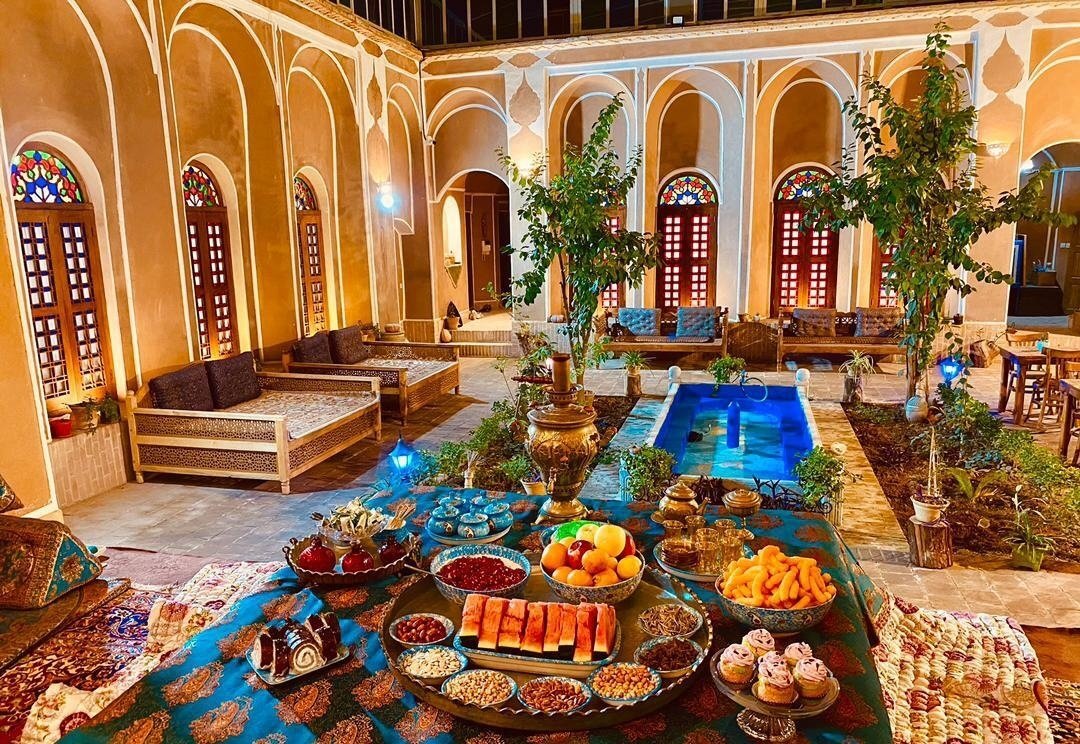UNESCO-registered Yazd: incentive packages proposed to preserve historic city

TEHRAN - A member of the Yazd City Council has emphasized the need to introduce incentive packages aimed at restoring and maintaining traditional mud-brick homes within the UNESCO-registered Historic City of Yazd.
Fakhr-al-Sadat Khamesi, speaking to Mehr news agency on Tuesday, highlighted Yazd as one of Iran’s most significant cultural heritage and tourism destinations, known for its unique historic fabric that attracts both domestic and international visitors.
“Introducing incentive packages could be an effective strategy for preserving the historic texture of Yazd,” Khamesi stated. She elaborated that these packages might include financial facilities, grants, technical consultations, and tax exemptions for the owners of historic buildings.
According to Khamesi, offering such incentives would encourage homeowners to undertake the restoration and rehabilitation of their properties, thereby preventing further deterioration of these invaluable structures.
She also stressed the importance of educational initiatives for property owners and contractors, focusing on the principles of restoration and historic preservation. “These training programs can significantly enhance the quality of restoration work,” she said.
In addition to financial and educational support, Khamesi called for simplifying legal and administrative procedures to obtain restoration permits.
A don’t miss destination
In July 2017, the historical core of Yazd, the provincial capital, was named a UNESCO World Heritage site. Yazd is regularly referred to as a delightful place to stay, or a “don’t miss” destination by almost all of its visitors. The city is full of mudbrick houses that are equipped with innovative badgirs (wind catchers), atmospheric alleyways, and many Islamic and Iranian monuments that shape its eye-catching city landscape.
Cultural heritage experts believe that Yazd is a living testimony to the intelligent use of limited available resources in the desert for survival. Water is brought to the city by the qanat system. Each district of the city is built on a qanat and has a communal center. Furthermore, the use of earth in buildings includes walls and roofs through the construction of vaults and domes. Houses are built with courtyards below ground level, serving underground areas. Wind-catchers, courtyards, and thick earthen walls create a pleasant microclimate.
The historical core of Yazd is chockfull of mudbrick houses, bazaars, public bathhouses, water cisterns, mosques, synagogues, Zoroastrian temples, and centuries-old gardens. From the divine point of view, the city enjoys the peaceful coexistence of three religions: Islam, Judaism, and Zoroastrianism.
Yazd is home to numerous qanats which have supplied water to agricultural and permanent settlements for thousands of years. The man-carved underground qanat system relies on snow-fed streams flowing down the foothills of surrounding mountains. The earliest water supply to Yazd is estimated to date from the Sassanid era (224 to 651 CE). However, many others have been continually repaired and used over time, and most surviving Ab-Anbars (traditional mudbrick cisterns) can today be traced to the late Safavid and Qajar periods.
AM
Leave a Comment